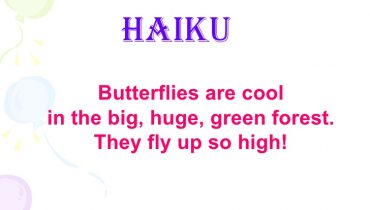Haiku is traditional poetry, which is simple, and it contains only three lines containing 17 syllables. It is a Japanese tradition poem which is usually written based on inspiration with nature, season, or happening in daily life. The following explains Haiku and traditional examples.
Defining Haiku
Haiku is simple poetry where the writer tries to express certain moments that have happened in their lives. It can be the first step took by your child, the first day of your college or several other unique and memorable moments. A Haiku captures your life essential events or moments and creates a poignant memory. It helps to share with others the joy and excitement that you experienced in your life. It helps to understand the emotional experience that was created due to a special moment.
Thus a Haiku is usually written based on a brief moment. The writer would include all the senses to explain a particular moment or happening in his/her life.

Haiku-Traditional Examples
A traditional Japanese Haiku is a three-line poem which contains 17 syllables and written in the present tense. This ancient literary form is an association of mental images and expression of nature. Usually, in a traditional Haiku, a break is formed in the middle of the poem. This break would divide the poem into two halves. This gives a twist to the Haiku poem. This is offered using a cutting word or kireji word.
There are specific traditional examples of Haiku poems that do not follow the 5-7-5 syllable rule. But these traditional Haiku follow the traditional pattern of Haiku poems.
The above offers a clear explanation of Haiku with traditional examples.


